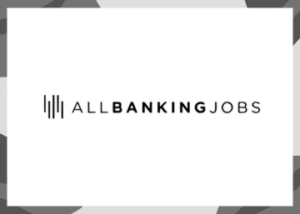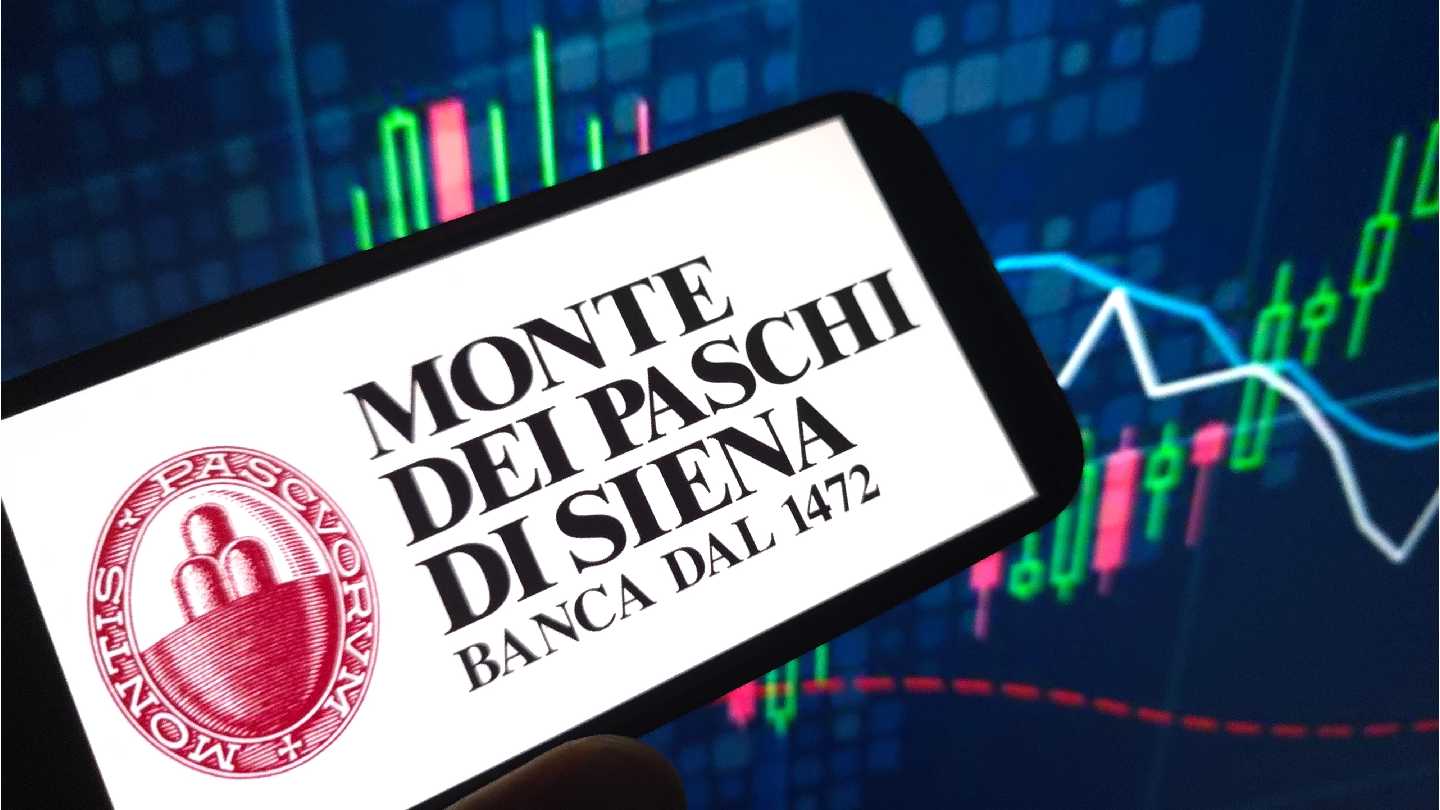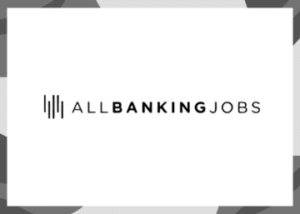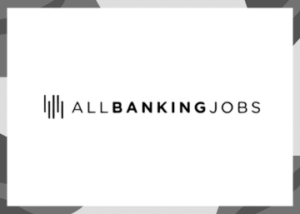Understanding the Decrease in Cash Flow Shortfall Among Borrowers
The latest Financial Stability Review from the Reserve Bank has reported that around 2 per cent of variable-rate owner-occupier borrowers are facing a cash flow shortfall. Although this figure is slightly higher than pre-pandemic levels, it’s significantly lower than the peak observed a year ago. The reduction can be attributed to several supportive factors such as the Stage 3 tax cuts, a dip in inflation, and lower interest rates. Let’s delve deeper into this development and understand its implications.
Impact of Stage 3 Tax Cuts and Other Factors
The Reserve Bank report indicates that the Stage 3 tax cuts have played a crucial role in assisting borrowers to manage their cash flows. These tax cuts, enacted as a part of the government’s economic recovery plan, have increased the disposable income of many households, thereby reducing the strain on their finances. In addition to this, a moderation in inflation rates and reductions in interest rates have further helped in improving the financial conditions of these borrowers.
Reduction in Risk of Loan Default
The report further reveals that the proportion of borrowers at the highest risk of defaulting on their loans – those experiencing a cash flow shortfall and having low prepayment buffers – has come down to around 0.7 per cent. This is a significant improvement, indicating that fewer borrowers are now struggling to meet their financial obligations.
Decline in Formal Hardship Arrangements
Another noteworthy trend is the decline in the share of loans that are in formal hardship arrangements. Over the past year, fewer borrowers have had to resort to such arrangements, indicating an improvement in their financial conditions. Furthermore, the report shows that the proportion of households that are constantly depleting their cash buffers has also decreased compared to previous years.
Pre-Pandemic Levels Yet to be Achieved
Despite these positive trends, the report notes that the figures are still slightly above pre-pandemic levels. This suggests that while the financial conditions of borrowers have improved, the impact of the pandemic continues to linger. However, the overall decline in cash flow shortfalls among borrowers points towards a recovery in the financial stability of households.
In conclusion, the Reserve Bank’s report paints an encouraging picture of the financial health of variable-rate owner-occupier borrowers. The reduction in cash flow shortfalls, combined with a decrease in the risk of loan default and formal hardship arrangements, indicates a positive trend in the financial circumstances of these borrowers. While there is still some way to go before we reach pre-pandemic levels, the current trends suggest that we are moving in the right direction.
For more detailed insights into this topic, you can access the original report Here.






